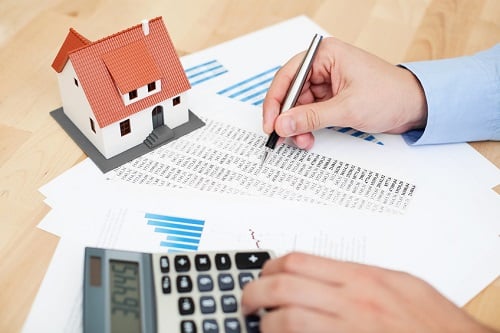AMP's chief economist explains it "remains unlikely"

Australia needs to build more than 230,000 homes every year in order to address its current housing affordability challenge, according to HIA principal economist Tim Reardon.
The persistent undersupply of housing for the last 15 years has been the underlying cause of the rapid acceleration in prices that led to Australia's affordability crisis, Reardon said in a statement.
However, Sydney and Melbourne, show a different scenario. Property prices in the two cities are falling, and some may fear this signals an impending crash.
According to AMP’s chief economist Shane Oliver, "Real capital city house prices are 27% above their long-term trend and are at the high end of OECD countries in terms of the ratio of prices to income and rents."
He added that the surge in prices relative to income has gone hand-in-hand with a surge in the ratio of household debt to income since the mid-1990s. Another reason is that the high number of residential cranes in Sydney indicates a rise in apartment constructions – which stokes concerns of an oversupply.
- The supply of houses has caught up with population growth. "Capital city vacancy rates are at or below their long-term averages, notably in Sydney," Oliver said.
- Mortgage stress may be a risk but there is a sharp reduction in interest-only loans since APRA strengthened lending standards. Census data revealed that many households with mortgages are ahead on their repayments, and banks’ non-performing loans remain low.
- A property crash may need higher interest or unemployment rates, neither of which are likely to happen in the near future. The continuation of high construction for more years is also unlikely to happen as "approvals have cooled from their 2016 highs”.
Oliver expects property prices in Sydney and Melbourne to fall another 5% or so this year, with further falls next year. This comes as banks tighten lending standards, housing supply rises, and home owners adjust to more realistic expectations of capital growth.



